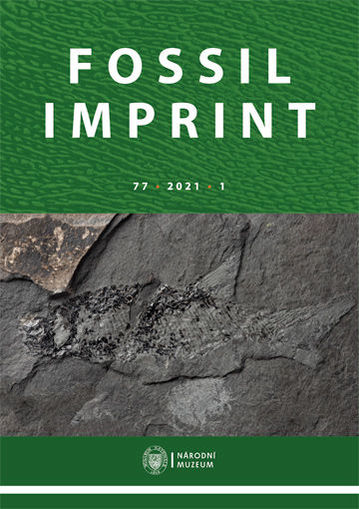Lithofacies and ichnofacies of turbidite deposits, West Java, Indonesia
Budi Muljana, Undang Mardiana, Adi Hardiyono, Nana Sulaksana, Djadjang Jedi Setiadi, Lia Jurnaliah, Nurdrajat
This study focuses on the analysis of sedimentary facies and ichnogenus variations to determine the palaeogeographic setting of turbidite deposits that are clearly exposed in the surroundings of Majalengka area, West Java, Indonesia. Lithofacies variation in turbidite deposits, identified from…

